There are several different species of Catbirds across different groups of birds. They are not closely related, but the most well-known species is the Gray Catbird.
For our purposes, this article will focus on the Gray Catbird. Like the other species that go by this name, this bird has a loud, cat-like vocalization. Read on to learn about the Catbird.
Description of the Catbird
The Gray Catbird is, well, gray. Their plumage is soft gray, the tops of their heads are darker gray, and the undersides of their tails are rusty red. Most Grays weigh between one and two ounces.
They are about eight or nine inches long, and their wingspan is under a foot across. Males and females are nearly impossible to distinguish, and they are not sexually dimorphic in physical appearance.
Interesting Facts About the Catbird
Catbirds are relatively common songbirds that live across much of North America. Learn what makes this species unique below.
- Catbird – No, Catbirds aren’t related to cats or crossed with cats, their name comes from the sound of their calls. In addition to their “meowing” call, these birds make several other vocalizations.
- Master Mimic – These birds also mimic the calls of other species. They are in the Mimidae family, along with mockingbirds. Like mockingbirds, Catbirds can learn many different songs.
- Songbird – This bird’s songs last for surprisingly long periods. Some sing for 10 minutes at a time! Their song is louder when they are patrolling their territories, and quieter when singing to their mates.
Habitat of the Catbird
Catbirds prefer living in areas with dense vegetation, though they do sometimes forage in open areas. They live in forests, shrublands, thickets, and other areas with dense underbrush.
They also live in more urban areas, like parks, gardens, farms, and suburbs. This species in particular thrives in areas where humans have cleared areas, and bushes and shrubbery have grown in place of the tree cover.
Distribution of the Catbird
The distribution of these birds varies based on the season and the region. Along the Eastern coast of the United States, these birds do not migrate, but is a resident year-round. Their range extends east and up into southwest Canada, but in these areas they migrate south for the winter.
Winter grounds start in Florida and run along the coast of the Gulf of Mexico into Central America. They also winter in the Bahamas, Cuba, and some surrounding islands.
Diet of the Catbird
Like mockingbirds, Catbirds are omnivores. They feed on a wide variety of insects and invertebrates, as well as various berries and seeds. Some of the different invertebrates that they eat include spiders, grasshoppers, caterpillars, worms, beetles, and ants.
When they are in bloom, the berries and seeds from poison ivy, grapes, holly, cherry, greenbrier, strawberries, and more are common food for these birds. Most of their foraging occurs along the ground, or in trees and bushes with fruits or berries.
Catbird and Human Interaction
Humans and Catbirds interact relatively frequently because these birds often inhabit urban areas, parks, and gardens. Human encroachment on habitat does impact them, particularly car strikes when the birds forage along the sides of the road.
While some forest clearing is beneficial for these birds, pastures and other agricultural areas are detrimental to their populations. Though the IUCN lists this species as Least Concern, populations in some regions are declining.
Domestication
Humans have not domesticated Catbirds in any way.
Does the Catbird Make a Good Pet
No, these birds do not make good pets. They are wild birds, and even though their songs sound pretty, they do not thrive in a household setting. In most places is it also illegal to own one as a pet.
Catbird Care
In zoos, Catbird care is similar to that of other songbirds. Their enclosures are spacious, so they have room to exercise, and contain dense shrubs and bushes similar to their natural habitat.
Zookeepers feed them a variety of insects, including crickets and mealworms, as well as berries, fruits, and pelleted insectivore feed. Most Catbirds in zoos live there because they became injured and could no longer survive in the wild.
Behavior of the Catbird
These birds live in mated pairs, and are quite territorial. Even migratory species establish and defend territories during the winter. Pairs choose territories with ample food sources and optimal nesting locations.
They spend the day hopping and flying about in search of food, patrolling their territory, and vocalizing to drive off other Catbirds or predators. As the breeding season arrives, the pair becomes even more aggressive towards intruders.
Reproduction of the Catbird
Female Catbirds do most of the nest building, while the males collect and bring back twigs, grass, mud, and other materials. She lays an average of four eggs per clutch, and incubates them for about two weeks.
The chicks are naked and vulnerable when they hatch, but they develop quickly. In less than two weeks the chicks begin learning to fly, and become independent soon after. Once they are a year old, they find a mate and reproduce themselves.

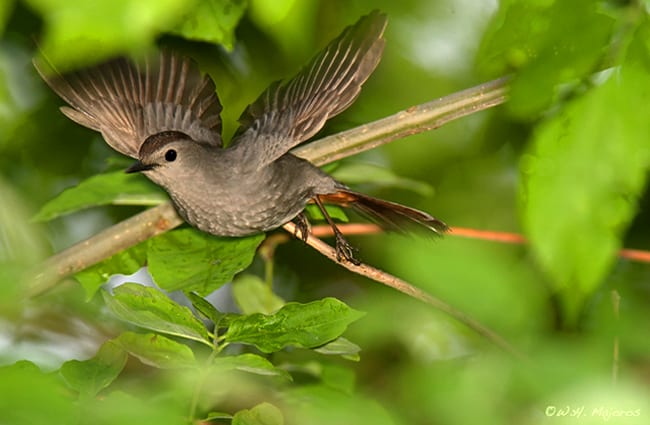
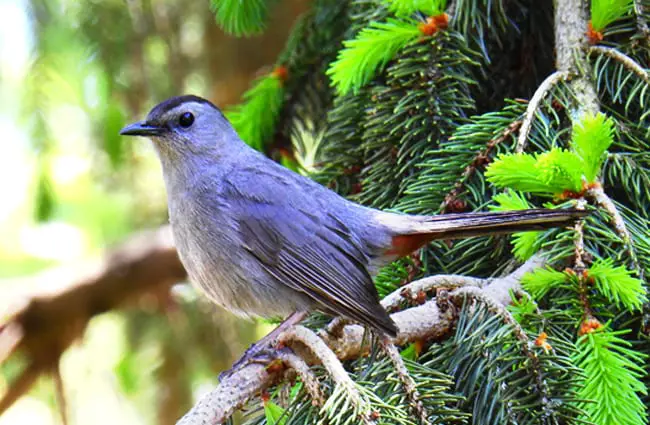
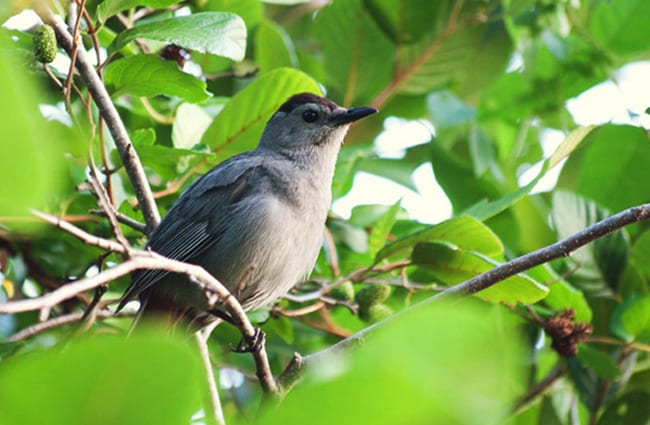
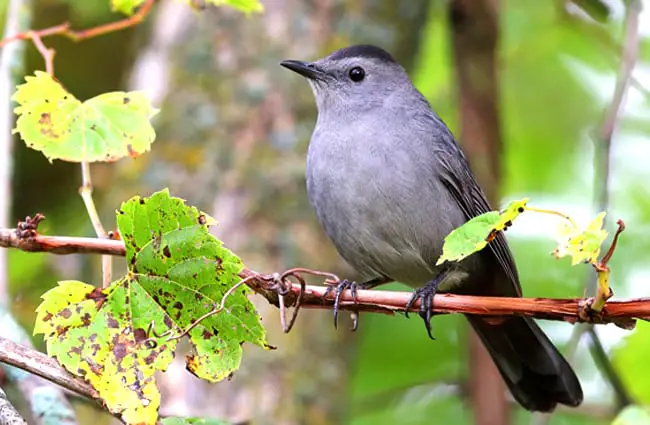
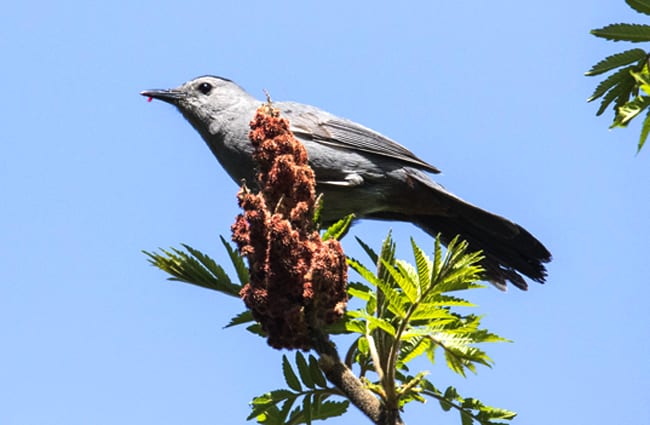
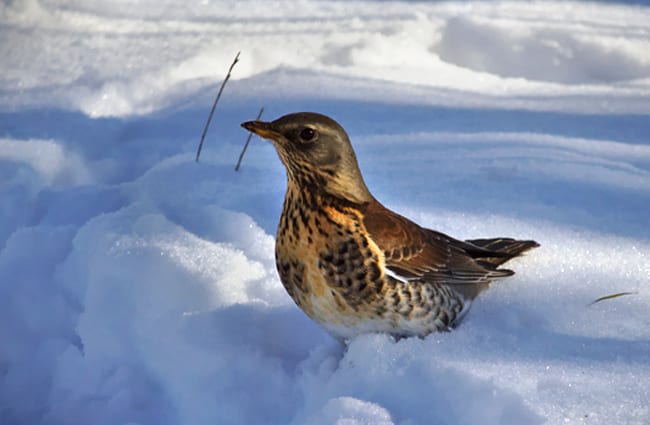
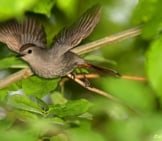

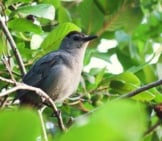
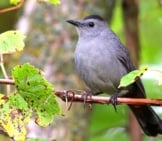
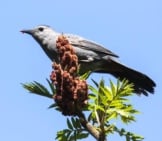

![Red Angus Closeup of a beautiful Red Angus cowPhoto by: U.S. Department of Agriculture [pubic domain]https://creativecommons.org/licenses/by/2.0/](https://animals.net/wp-content/uploads/2020/03/Red-Angus-4-238x178.jpg)












![Red Angus Closeup of a beautiful Red Angus cowPhoto by: U.S. Department of Agriculture [pubic domain]https://creativecommons.org/licenses/by/2.0/](https://animals.net/wp-content/uploads/2020/03/Red-Angus-4-100x75.jpg)

